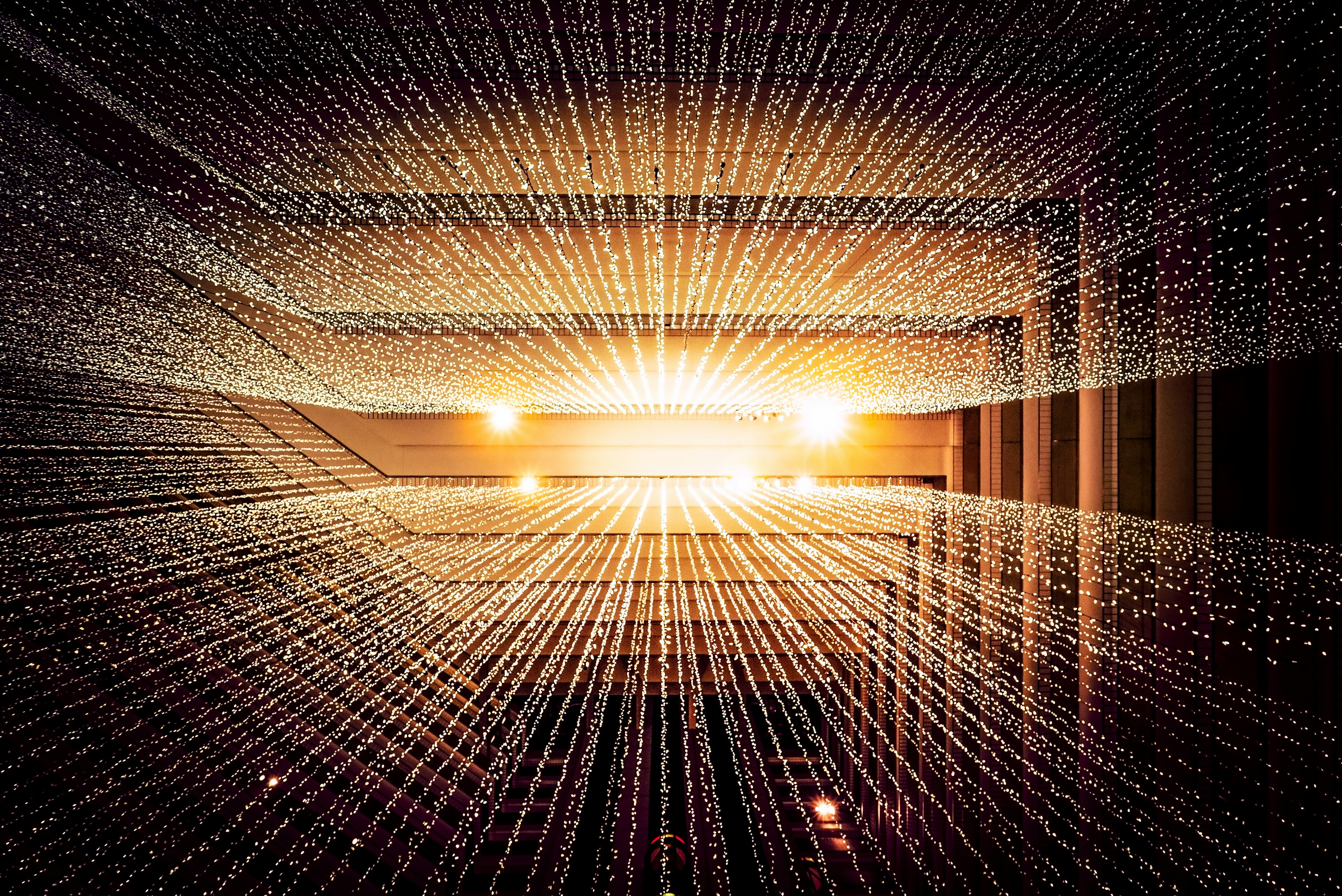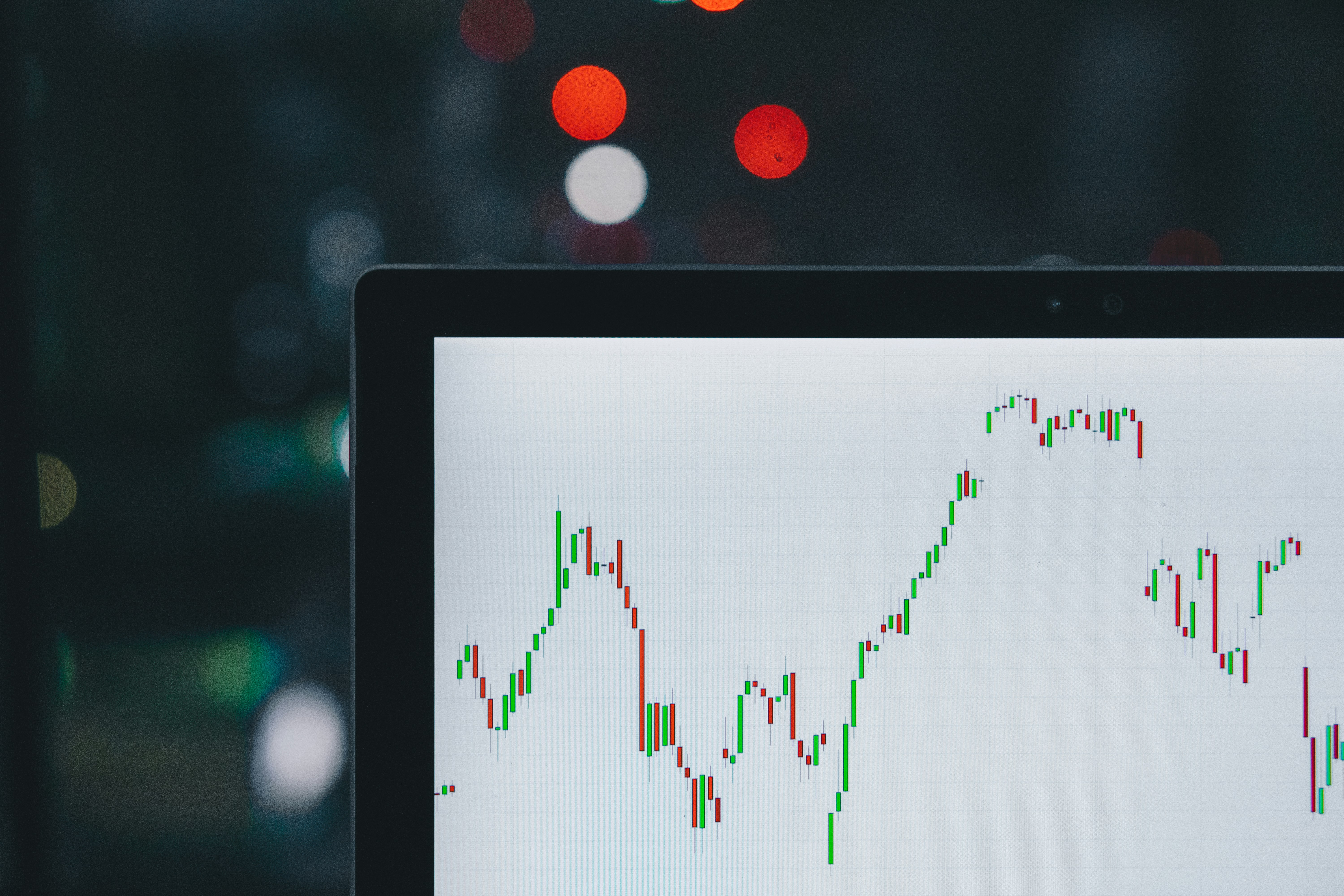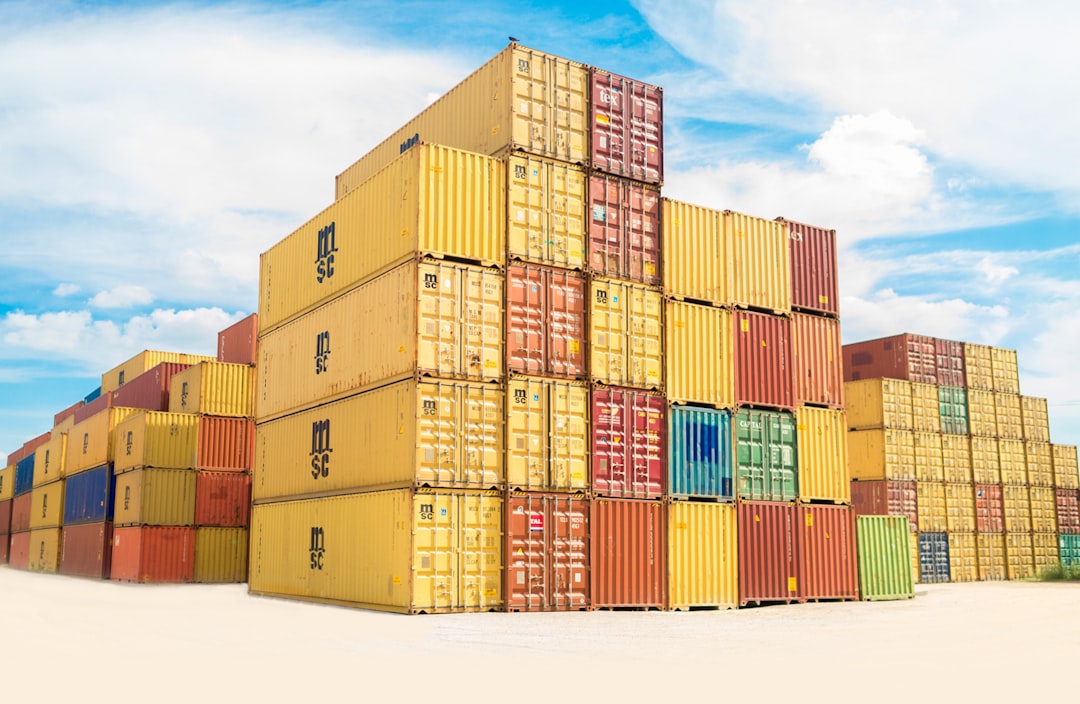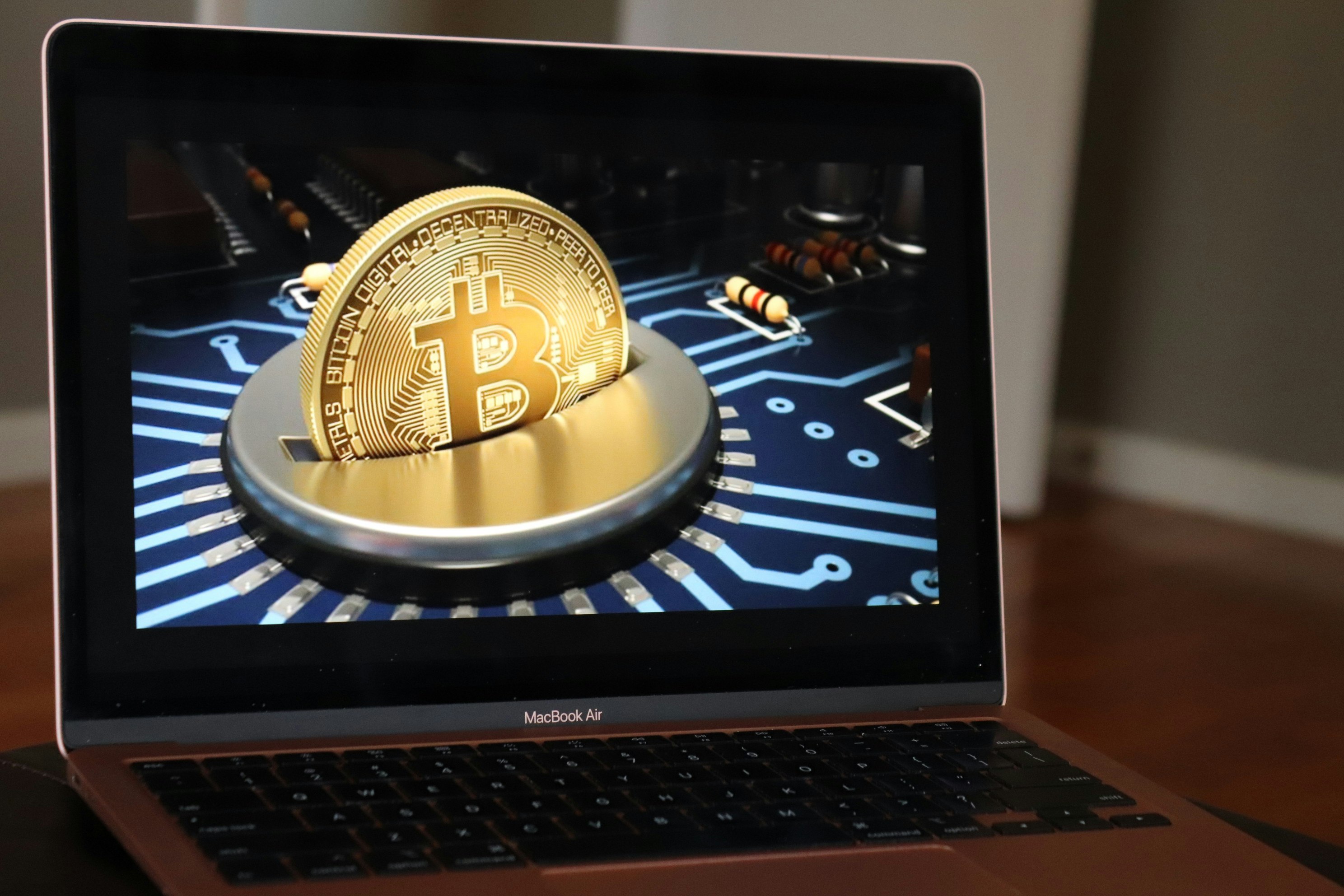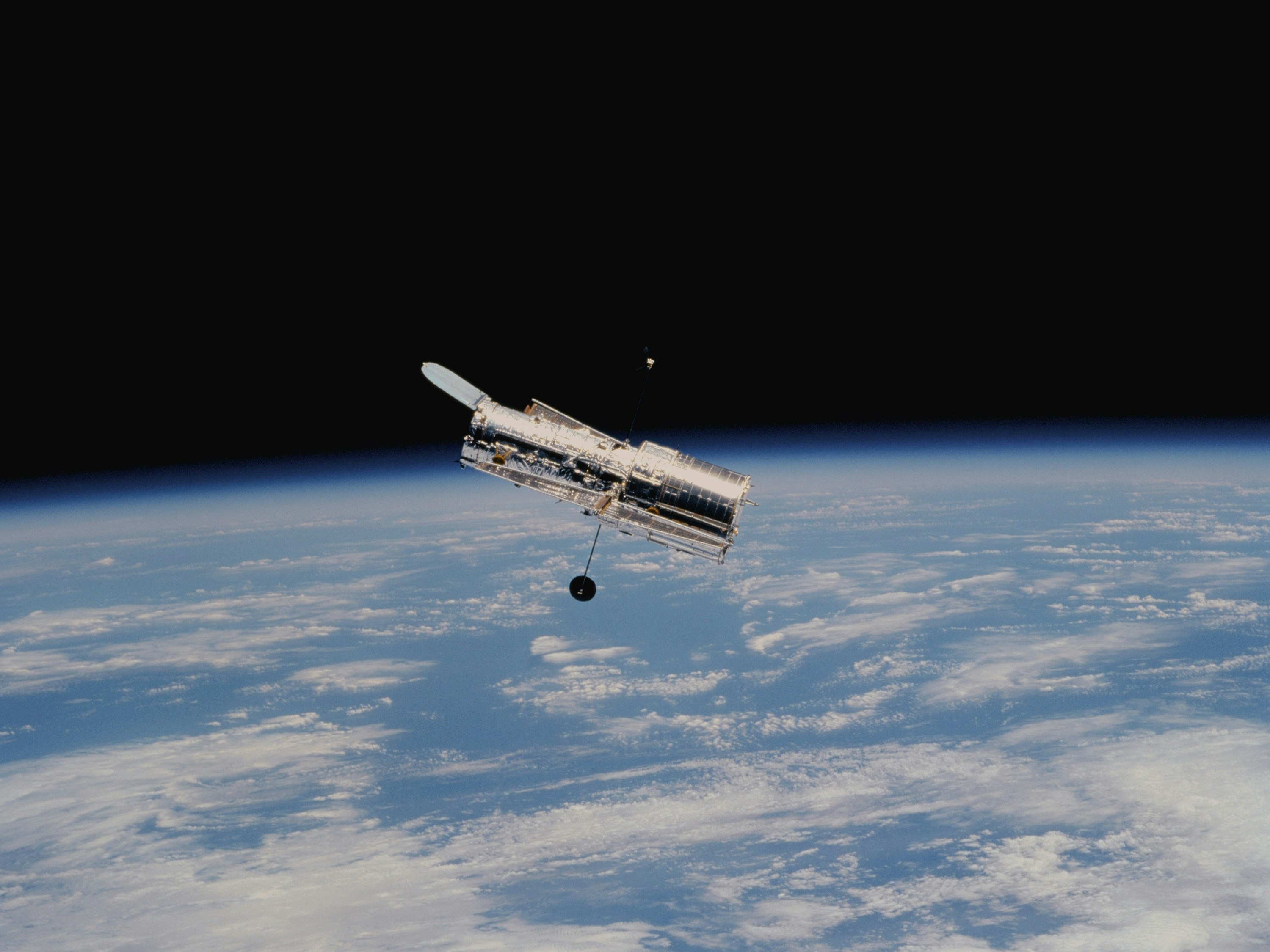The 21st Century has seen the cloud computing paradigm grow to become vitally important to the way businesses handle the tremendous amounts of data required to remain relevant in an increasingly competitive marketplace. It has recently been joined by the term “edge computing” that defines a new method of processing data that can be used to complement the cloud.
What Differentiates These Two Forms of Computing?
There is a basic conceptual difference between edge and cloud computing that may at first make them seem incompatible. Where the cloud consolidates resources to create systems and address business problems, edge computing is all about decentralizing an organization’s processing power by placing it closer to the mechanisms used to generate data.
In the cloud computing model, data from diverse systems is collected and processed in a centralized location. This allows organizations to take advantage of the flexibility and innovations offered by public cloud providers. A particular client may benefit from software or hardware that is beyond their capabilities to provide using in-house resources. One of the factors influencing the move to the cloud is the challenge posed by big data. The cloud offers an infinitely scalable platform which allows an enterprise to obtain the precise amount of computing power it needs.
Edge computing has evolved to address another data stream that can be difficult to process in a viable manner using the cloud. Its adoption is being driven by the Internet of Things (IoT) and Industrial Internet of Things (IIoT) which employ intelligent devices to monitor and react to various types of environmental information. Connectivity issues and network latency often demand that data is processed as close to its creation as possible. Edge computing fills that need by providing computing power at the edges of a network rather than in a centralized repository.
Edge and Cloud Computing are not Mutually Exclusive
Edge computing offers the benefit of processing data immediately where it can be used by the systems that collected or created it. In the case of IIoT implementations such as those powering automated production facilities, there may not be network connectivity capable of addressing the system’s requirements. Critical decisions such as shutting down a malfunctioning device need to be made instantaneously. Establishing edge computing power enables systems to be run more autonomously and furnish more fine-grained control to organizations employing the IoT.
While edge computing addresses the immediate needs of IIoT systems, not all data collected by the distributed networks of sensors and monitors requires such expeditious processing. The cloud can be used to perform further processing on the results of edge computing resources and to store and analyze data from the entire implementation. When used together, cloud and edge computing offer a powerful tandem of methods that allow organizations to make the most of the data at their disposal.









